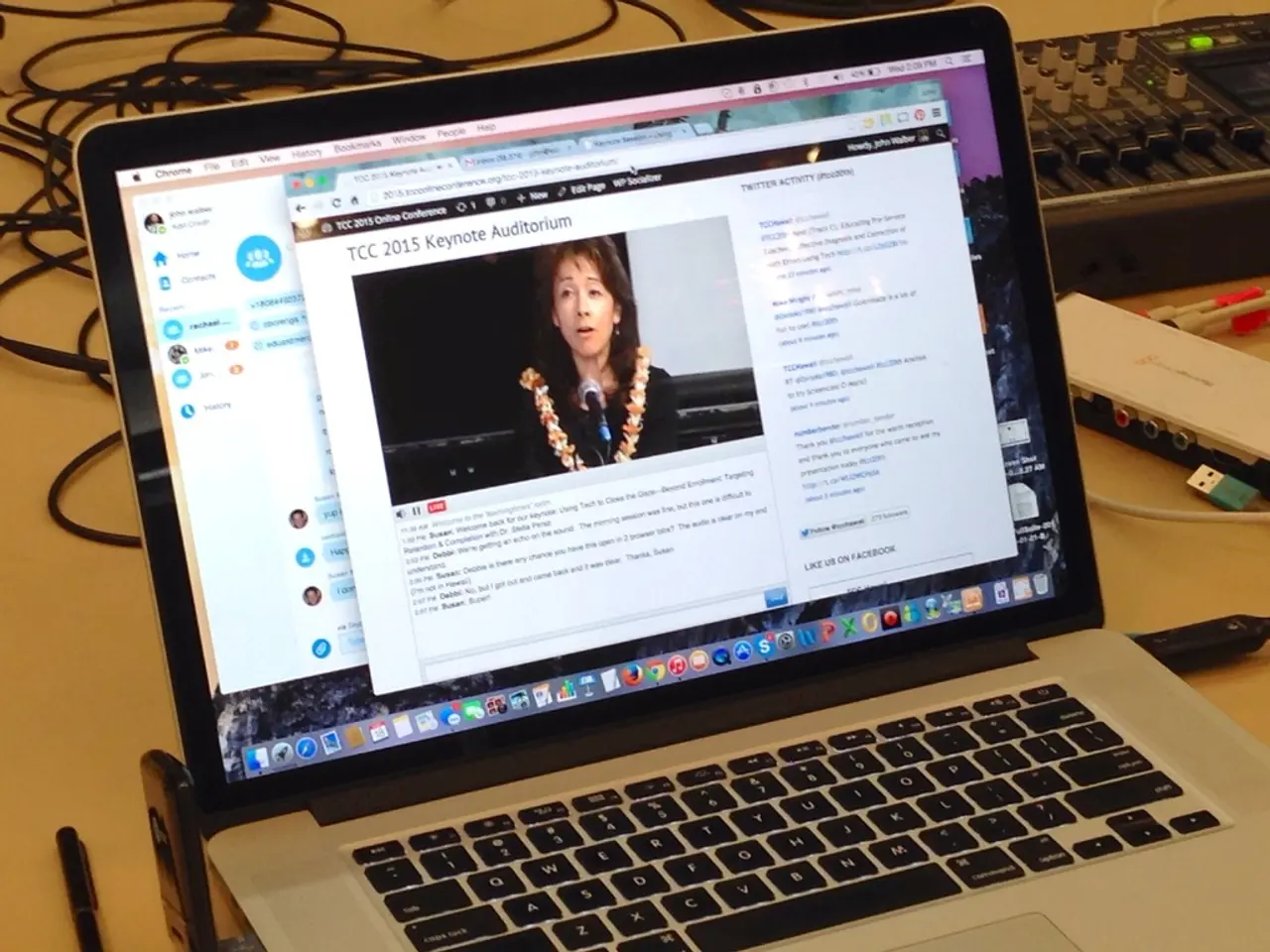Work Efficiency vs. Number of Work Hours
In a world where the traditional 40-hour workweek has been the norm for nearly a century, a significant shift is underway. Companies like The Wanderlist Group and Buffer are leading the charge, adopting a four-day workweek, joining thousands of others across the globe. This movement, which includes perks such as remote work, flexible hours, and shorter workweeks, is gaining momentum.
The debate over productivity vs. hours worked reached new heights in 2021, with research showing that productivity per hour declines sharply after 50 hours of work per week. Employees working over 60 hours can experience about a 25% drop in productivity, indicating diminishing returns for extra hours worked. This decline is linked to fatigue, increased errors, diminished creativity, and poor work quality due to mental exhaustion.
However, the COVID-19 pandemic has changed the way people work, and the shift to remote work has created new concerns for business leaders. Employees and employers are still trying to evolve workplace culture post-pandemic, with many companies experimenting with no-meeting days to increase productivity during a reduced workweek.
One country leading this change is Iceland, which lowered government employees' work hours from 40 to 35 or 36 hours as part of the world's largest trial of the shorter work time. The study on Iceland's shorter work hours looked at 2,500 city and national government employees in Reykjavik from 2015 to 2019. All are reporting sustainable or increased productivity while working less. Employees reported better work-life balance due to the shorter work hours, and stress and burnout decreased among Icelandic employees.
The success in Iceland has inspired similar moves. Following the success in Iceland, trade unions negotiated permanent reductions in working hours for roughly 86% of Iceland's working population. Several countries have experimented with shorter workweeks, with Microsoft increasing productivity by 40% by moving to a four-day workweek in 2019.
Shortening work hours can reduce burnout and boost employee well-being and productivity. By taking regular breaks and limiting work hours, employees can maintain focus, performance, and productivity. Rest periods replenish mental resources necessary for problem-solving, creativity, and attention to detail. Shorter workdays free up personal time, reducing stress and improving happiness and mental health, ultimately promoting long-term employee engagement.
In conclusion, prolonged work hours lead to diminishing productivity, health problems, burnout, and poor work-life balance, which ultimately harm both employees and organizations. Conversely, shortened workdays with adequate rest promote better focus, creativity, mental health, and overall sustainable productivity. Organizations are encouraged to prioritize balanced work hours to enhance employee well-being and long-term performance rather than pushing for extended hours that yield counterproductive results.
Hubstaff's blog could delve into the impact of shorter workdays on productivity and employee well-being, citing examples like Iceland and Microsoft where reduced work hours led to increased productivity and better work-life balance. A self-development article on personal-growth.com might discuss strategies for maintaining focus and productivity during shorter workweeks, emphasizing the importance of education-and-self-development in adapting to this evolving work landscape.




